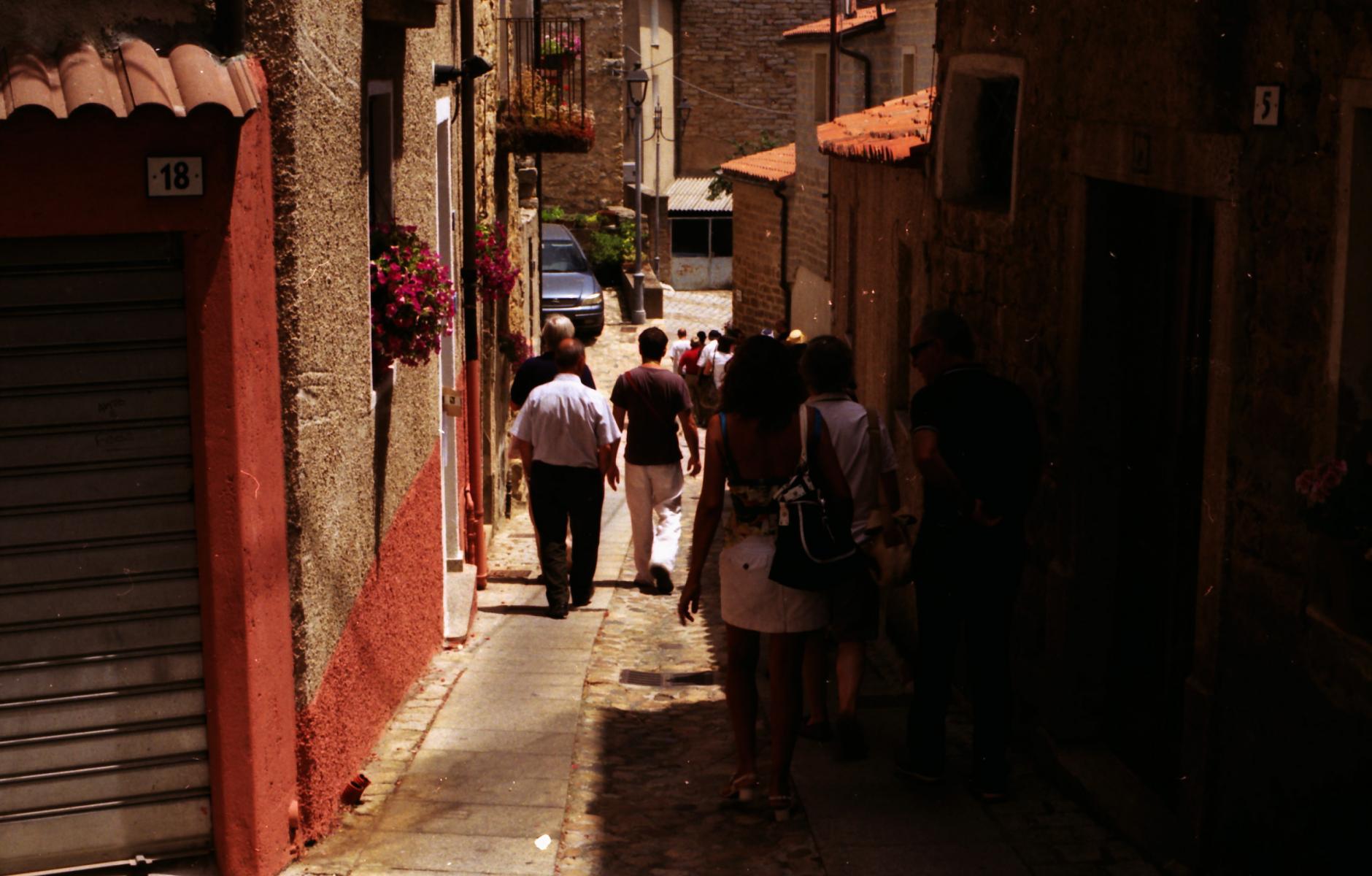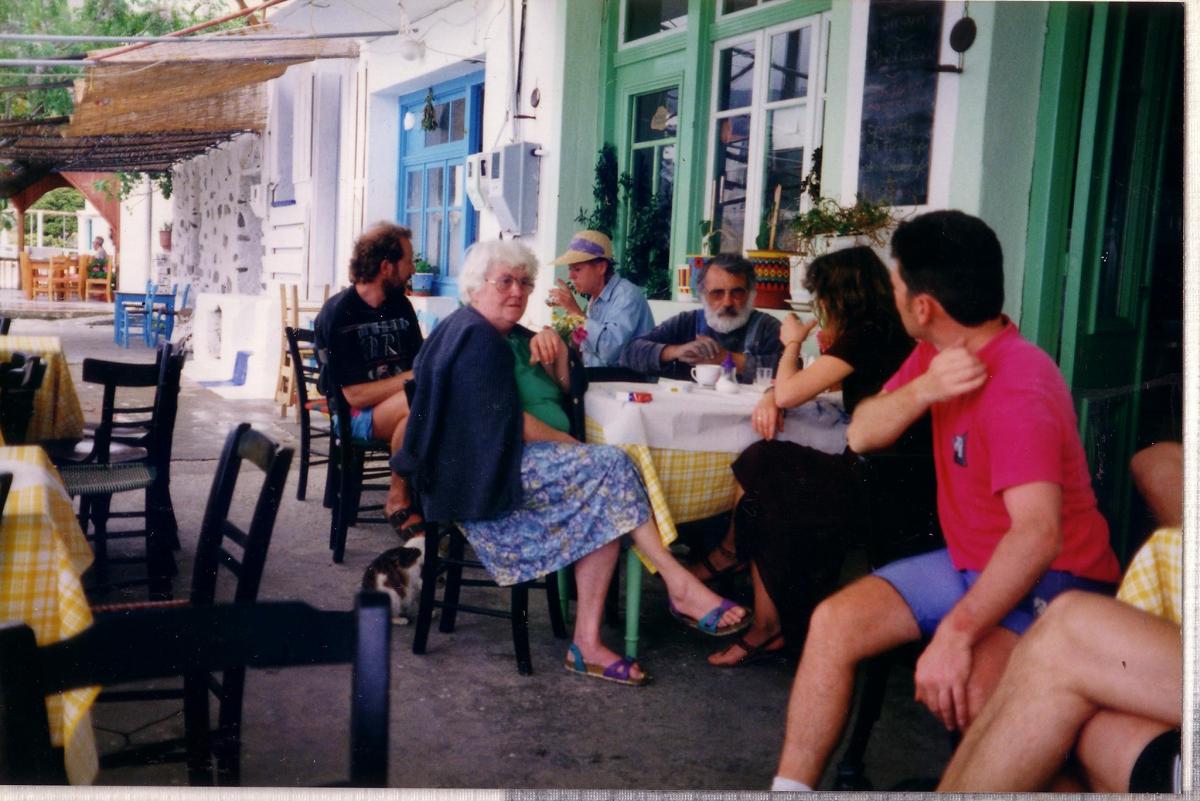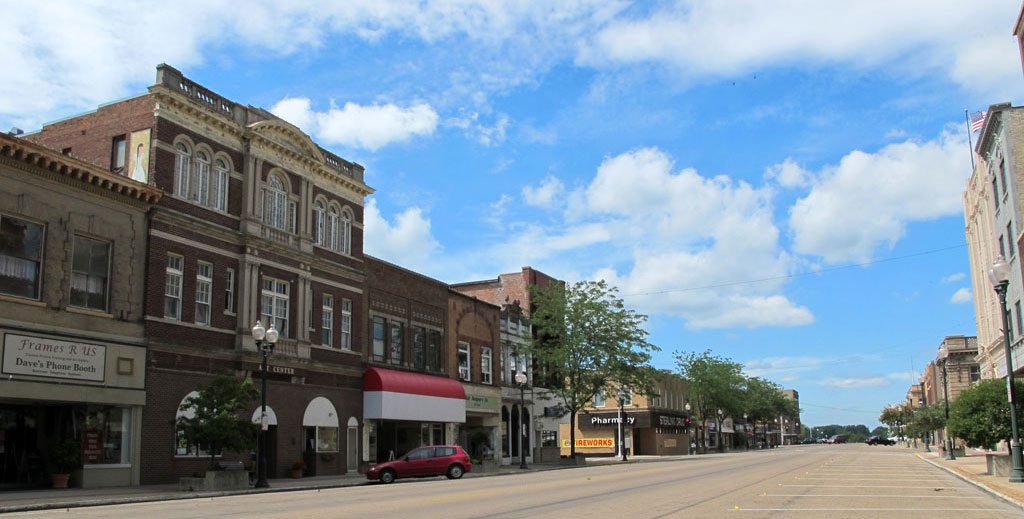
On Netflix, Blue Zones highlight the benefits of ‘place’
Live to 100: Secrets of the Blue Zones debuted on Netflix at the end of August, and critics and the audience have liked the four-part documentary series (100 percent fresh critics rating on Rotten Tomatoes and strong audience ratings across many platforms). Throughout the series, new urbanist principles are endorsed as integral to the healthiest places on the planet. While New Urbanism itself is not mentioned, its basic concepts are promoted to a broad audience in a positive context (who doesn’t want to live longer, healthier?). That doesn’t happen every day.
The term “Blue Zone” was coined by Michel Poulain and Giovanni Mario Pes, who studied longevity in Sardinia, Italy. On a map, they used a blue marker to designate areas with an unusually high number of centenarians. National Geographic research led by Poulain and Dan Buettner further developed the concept.
The series, directed by Clay Jeter, rests on the premise that place-based geography and culture are strong determinants of longevity. The documentary focuses on a half dozen recognized Blue Zones—Okinawa, Japan; Barbagia, Sardinia; Ikaria, Greece; Nicoya, Costa Rica; Loma Linda, California; and the island nation of Singapore. Live to 100 digs into these places and also looks at a small city in Minnesota, Albert Lea, where residents tried to create their own Blue Zone.

The six recognized Blue Zones share common denominators that make intuitive sense for healthy living.
- One is that exercise is built into everyday life, and New Urbanism has a big role to play. Blue Zones tend to be places where residents move a lot without much conscious effort—they get exercise through their daily lives, without having to work out or pay for a gym membership. Blue Zones are usually walkable.
- Blue Zones also promote a positive outlook on life, through faith, philosophy, or culture. For example, Nicoya residents have what they call Plan de Vida, giving them purpose and a sense of direction daily. In Okinawa, they call life purpose “Ikigai.”
- Residents have a habit of eating healthy foods, especially a plant-based diet. Much of the series is devoted to diet, and I won’t go into details. Healthy food combinations are probably limitless, but they share characteristics that aren’t hard to decipher. Healthy diet has a place-based cultural component.
- Finally, social connections are very important in Blue Zones. Connections are generally local and supported by formal and informal institutions. Residents often meet in public spaces. It seems that principles of New Urbanism can facilitate informal social interactions.
Longevity applies to diverse places across the globe. Although wealth is often associated with health, Blue Zones prove that you don’t have to be rich. Nicoya is a rural area of Costa Rica, with an income one-sixth of the United States and a longer life expectancy. Blue Zones in Italy, Greece, and Japan are diverse in culture and diet, and only within the last century have they become relatively wealthy. Singapore is a nation that has modernized rapidly and yet has avoided traffic congestion through strong public transit and disincentives to drive. Here, many elderly take 10,000 steps a day just to get around.

The City of Albert Lea, with 18,000 residents in a rural part of Minnesota, implemented a series of programs to imbue healthy habits and stronger community connections. Nearby residents and other groups agreed to walk together weekly for ten weeks, and many have kept doing so for years, forming friendships. These are called “walking moais,” a term borrowed from Japanese—meaning a group that gathers for a special purpose. The city also strengthened walking connections to downtown from all surrounding neighborhoods. The drivers of longevity are many and complex. Yet, walkability and socially friendly public spaces are an important part of the mix—and may provide a foundation for a healthier society.
New urbanists can be encouraged by the popular appeal of the Blue Zone research, which highlights the health benefits of designing places where human-powered transportation is part of daily mobility. But we can also learn from the other key factors leading to longevity, which could be planned for at the neighborhood and community scale to improve the quality and quantity of life.
This article addresses CNU’s Strategic Plan goal of growing the supply of neighborhoods that are both walkable and affordable.




